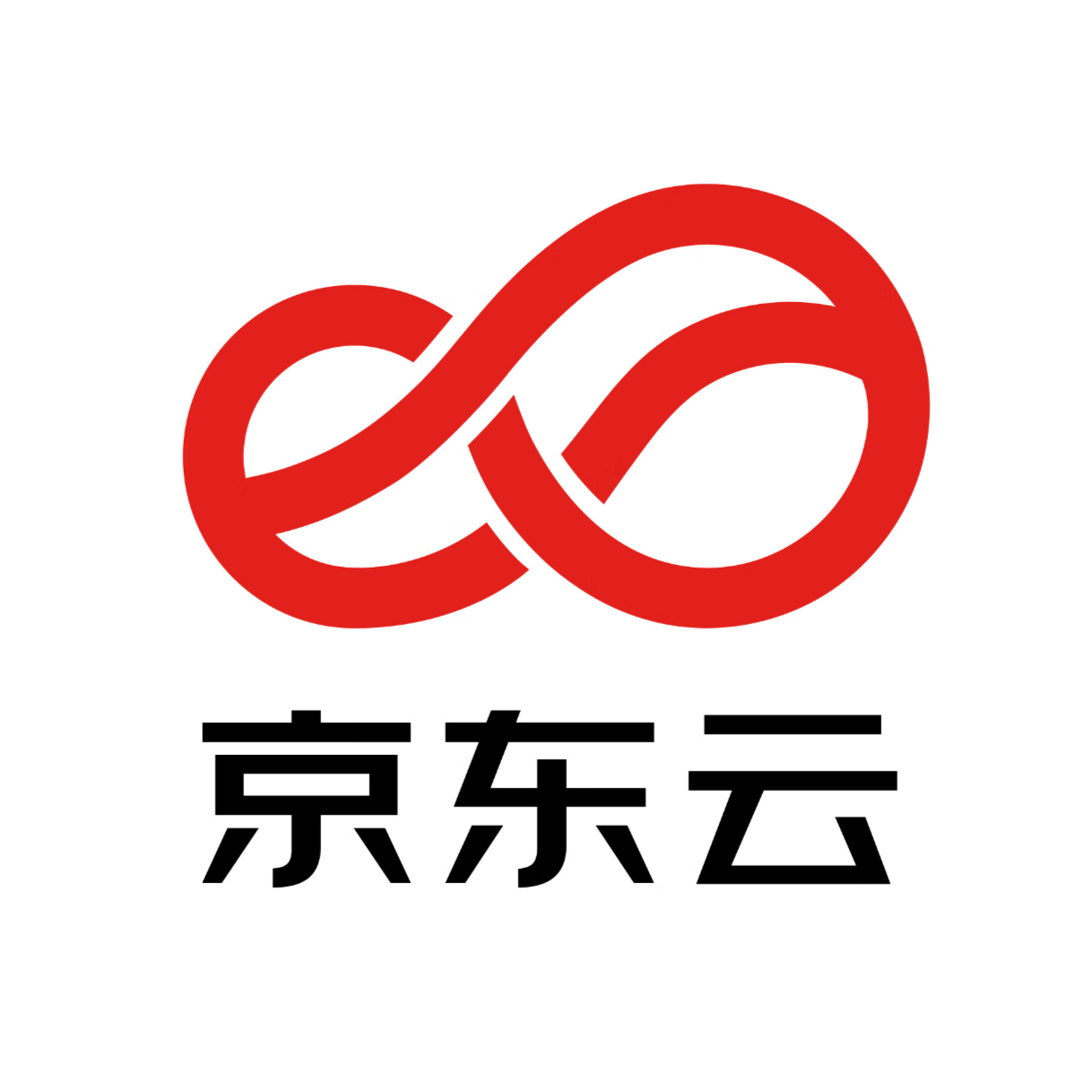作者:京东科技 李君
书接上文,前面在 Spring 应用合并之路(一):摸石头过河 介绍了几种不成功的经验,下面继续折腾…
四、仓库合并,独立容器
在经历了上面的尝试,在同事为啥不搞两个独立的容器提醒下,决定抛开 Spring Boot 内置的父子容器方案,完全自己实现父子容器。
如何加载 web 项目?
现在的难题只有一个:如何加载 web 项目?加载完成后,如何持续持有 web 项目?经过思考后,可以创建一个 boot 项目的 Spring Bean,在该 Bean 中加载并持有 web 项目的容器。由于 Spring Bean 默认是单例的,并且会伴随 Spring 容器长期存活,就可以保证 web 容器持久存活。结合 Spring 扩展点概览及实践 中介绍的 Spring 扩展点,有两个地方可以利用:
1.可以利用 ApplicationContextAware 获取 boot 容器的 ApplicationContext 实例,这样就可以实现自己实现的父子容器;
2.可以利用 ApplicationListener 获取 ContextRefreshedEvent 事件,该事件表示容器已经完成初始化,可以提供服务。在监听到该事件后,来进行 web 容器的加载。
思路确定后,代码实现就很简单了:
package com.diguage.demo.boot.config;
import org.slf4j.Logger;
import org.slf4j.LoggerFactory;
import org.springframework.beans.BeansException;
import org.springframework.context.ApplicationContext;
import org.springframework.context.ApplicationContextAware;
import org.springframework.context.ApplicationEvent;
import org.springframework.context.ApplicationListener;
import org.springframework.context.event.ContextRefreshedEvent;
import org.springframework.context.support.ClassPathXmlApplicationContext;
import org.springframework.stereotype.Component;
/**
* @author D瓜哥 · https://www.diguage.com
*/
@Component
public class WebLoaderListener implements ApplicationContextAware,
ApplicationListener<ApplicationEvent> {
private static final Logger logger = LoggerFactory.getLogger(WebLoaderListener.class);
/**
* 父容器,加载 boot 项目
*/
private static ApplicationContext parentContext;
/**
* 子容器,加载 web 项目
*/
private static ApplicationContext childContext;
@Override
public void setApplicationContext(ApplicationContext ctx) throws BeansException {
WebLoaderListener.parentContext = ctx;
}
@Override
public void onApplicationEvent(ApplicationEvent event) {
logger.info("receive application event: {}", event);
if (event instanceof ContextRefreshedEvent) {
WebLoaderListener.childContext = new ClassPathXmlApplicationContext(
new String[]{"classpath:web/spring-cfg.xml"},
WebLoaderListener.parentContext);
}
}
}容器重复加载的问题
这次自己实现的父子容器,如同设想的那样,没有同名 Bean 的检查,省去了很多麻烦。但是,观察日志,会发现 com.diguage.demo.boot.config.WebLoaderListener#onApplicationEvent 方法被两次执行,也就是监听到了两次 ContextRefreshedEvent 事件,导致 web 容器会被加载两次。由于项目的 RPC 服务不能重复注册,第二次加载抛出异常,导致启动失败。
最初,怀疑是 web 容器,加载了 WebLoaderListener,但是跟踪代码,没有发现 childContext 容器中有 WebLoaderListener 的相关 Bean。
昨天做了个小实验,又调试了一下 Spring 的源代码,发现了其中的奥秘。直接贴代码吧:
SPRING/spring-context/src/main/java/org/springframework/context/support/AbstractApplicationContext.java
/**
* Publish the given event to all listeners.
* <p>This is the internal delegate that all other {@code publishEvent}
* methods refer to. It is not meant to be called directly but rather serves
* as a propagation mechanism between application contexts in a hierarchy,
* potentially overridden in subclasses for a custom propagation arrangement.
* @param event the event to publish (may be an {@link ApplicationEvent}
* or a payload object to be turned into a {@link PayloadApplicationEvent})
* @param typeHint the resolved event type, if known.
* The implementation of this method also tolerates a payload type hint for
* a payload object to be turned into a {@link PayloadApplicationEvent}.
* However, the recommended way is to construct an actual event object via
* {@link PayloadApplicationEvent#PayloadApplicationEvent(Object, Object, ResolvableType)}
* instead for such scenarios.
* @since 4.2
* @see ApplicationEventMulticaster#multicastEvent(ApplicationEvent, ResolvableType)
*/
protected void publishEvent(Object event, @Nullable ResolvableType typeHint) {
Assert.notNull(event, "Event must not be null");
ResolvableType eventType = null;
// Decorate event as an ApplicationEvent if necessary
ApplicationEvent applicationEvent;
if (event instanceof ApplicationEvent applEvent) {
applicationEvent = applEvent;
eventType = typeHint;
}
else {
ResolvableType payloadType = null;
if (typeHint != null && ApplicationEvent.class.isAssignableFrom(typeHint.toClass())) {
eventType = typeHint;
}
else {
payloadType = typeHint;
}
applicationEvent = new PayloadApplicationEvent<>(this, event, payloadType);
}
// Determine event type only once (for multicast and parent publish)
if (eventType == null) {
eventType = ResolvableType.forInstance(applicationEvent);
if (typeHint == null) {
typeHint = eventType;
}
}
// Multicast right now if possible - or lazily once the multicaster is initialized
if (this.earlyApplicationEvents != null) {
this.earlyApplicationEvents.add(applicationEvent);
}
else if (this.applicationEventMulticaster != null) {
this.applicationEventMulticaster.multicastEvent(applicationEvent, eventType);
}
// Publish event via parent context as well...
// 如果有父容器,则也将事件发布给父容器。
if (this.parent != null) {
if (this.parent instanceof AbstractApplicationContext abstractApplicationContext) {
abstractApplicationContext.publishEvent(event, typeHint);
}
else {
this.parent.publishEvent(event);
}
}
}在 publishEvent 方法的最后,如果父容器不为 null 的情况下,则也会向父容器广播容器的相关事件。
看到这里就清楚了,不是 web 容器持有了 WebLoaderListener 这个 Bean,而是 web 容器主动向父容器广播了 ContextRefreshedEvent 事件。
容器销毁
除了上述问题,还有一个问题需要思考:如何销毁 web 容器?如果不能销毁容器,会有一些意想不到的问题。比如,注册中心的 RPC 提供方不能及时销毁等等。
这里的解决方案也比较简单:同样基于事件监听,Spring 容器销毁会有 ContextClosedEvent 事件,在 WebLoaderListener 中监听该事件,然后调用 AbstractApplicationContext#close 方法就可以完成 Spring 容器的销毁工作。
父子容器加载及销毁
结合上面的所有论述,完整的代码如下:
package com.diguage.demo.boot.config;
import org.slf4j.Logger;
import org.slf4j.LoggerFactory;
import org.springframework.beans.BeansException;
import org.springframework.context.ApplicationContext;
import org.springframework.context.ApplicationContextAware;
import org.springframework.context.ApplicationEvent;
import org.springframework.context.ApplicationListener;
import org.springframework.context.event.ContextClosedEvent;
import org.springframework.context.event.ContextRefreshedEvent;
import org.springframework.context.support.AbstractApplicationContext;
import org.springframework.context.support.ClassPathXmlApplicationContext;
import org.springframework.stereotype.Component;
import java.util.Objects;
/**
* 基于事件监听的 web 项目加载器
*
* @author D瓜哥 · https://www.diguage.com
*/
@Component
public class WebLoaderListener implements ApplicationContextAware,
ApplicationListener<ApplicationEvent> {
private static final Logger logger = LoggerFactory.getLogger(WebLoaderListener.class);
/**
* 父容器,加载 boot 项目
*/
private static ApplicationContext parentContext;
/**
* 子容器,加载 web 项目
*/
private static ClassPathXmlApplicationContext childContext;
@Override
public void setApplicationContext(ApplicationContext ctx) throws BeansException {
WebLoaderListener.parentContext = ctx;
}
/**
* 事件监听
*
* @author D瓜哥 · https://www.diguage.com
*/
@Override
public void onApplicationEvent(ApplicationEvent event) {
logger.info("receive application event: {}", event);
if (event instanceof ContextRefreshedEvent refreshedEvent) {
ApplicationContext context = refreshedEvent.getApplicationContext();
if (Objects.equals(WebLoaderListener.parentContext, context)) {
// 加载 web 容器
WebLoaderListener.childContext = new ClassPathXmlApplicationContext(
new String[]{"classpath:web/spring-cfg.xml"},
WebLoaderListener.parentContext);
}
} else if (event instanceof ContextClosedEvent) {
// 处理容器销毁事件
if (Objects.nonNull(WebLoaderListener.childContext)) {
synchronized (WebLoaderListener.class) {
if (Objects.nonNull(WebLoaderListener.childContext)) {
AbstractApplicationContext ctx = WebLoaderListener.childContext;
WebLoaderListener.childContext = null;
ctx.close();
}
}
}
}
}
}
五、参考资料
1.Spring 扩展点概览及实践 - "地瓜哥"博客网
2.Context Hierarchy with the Spring Boot Fluent Builder API







